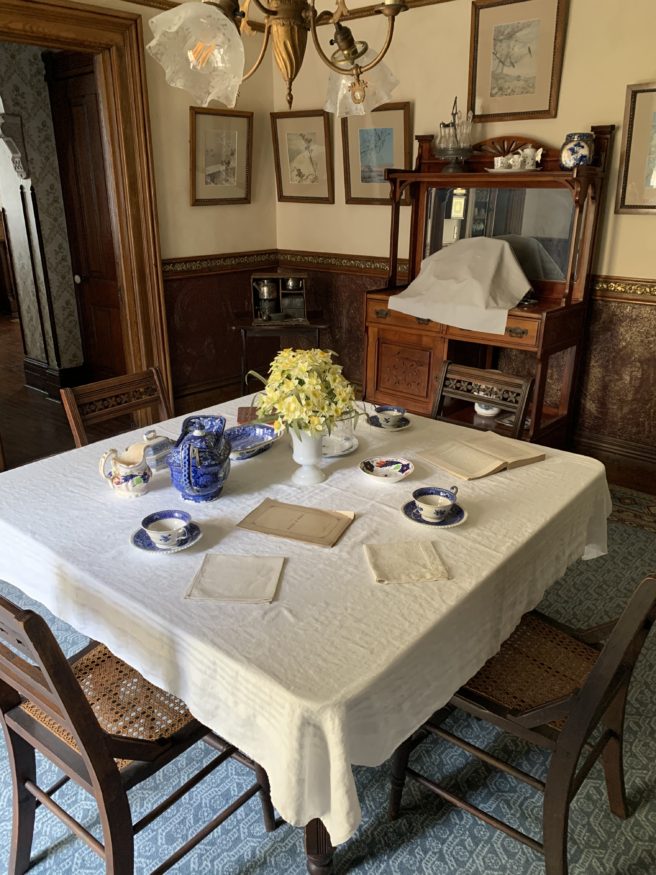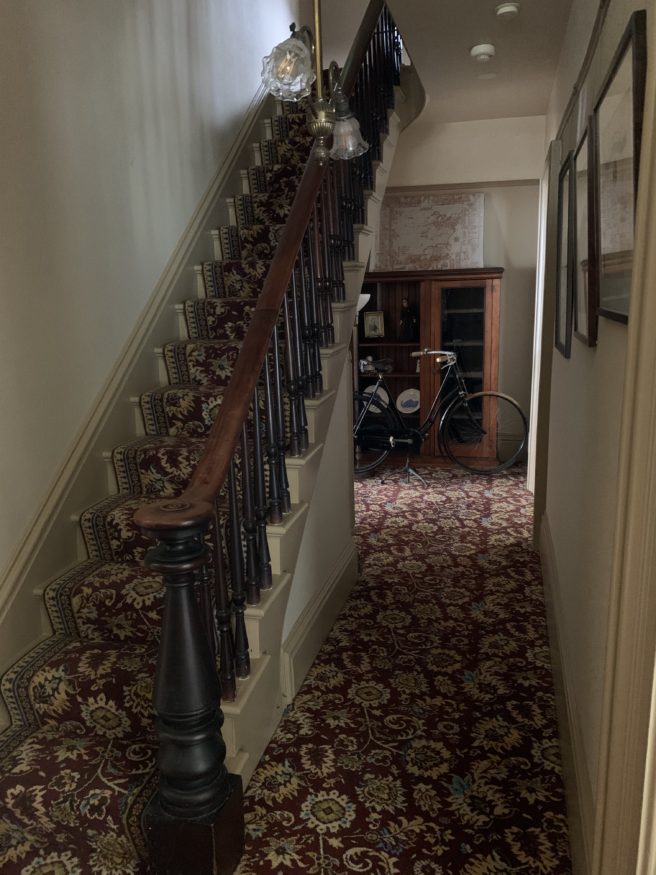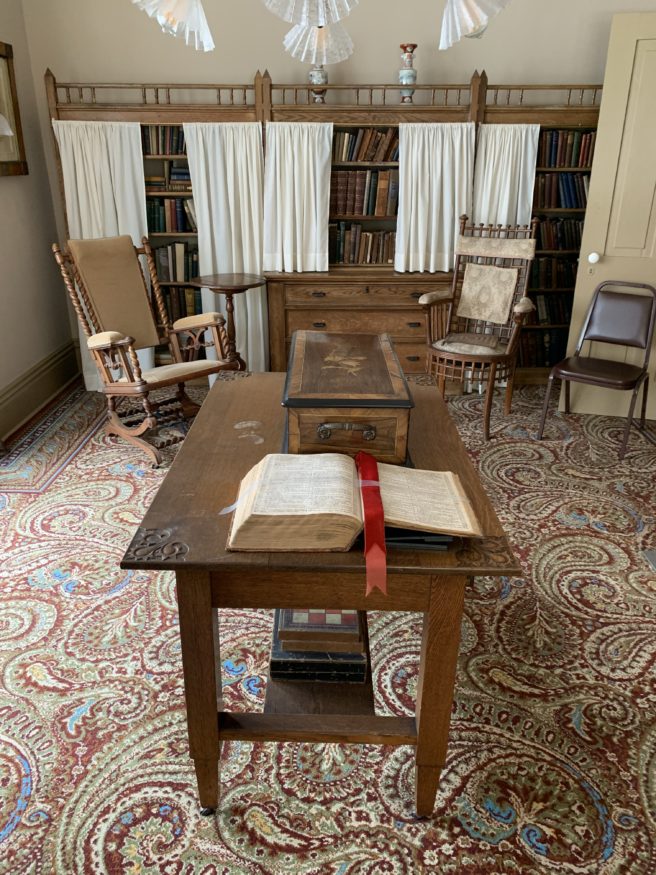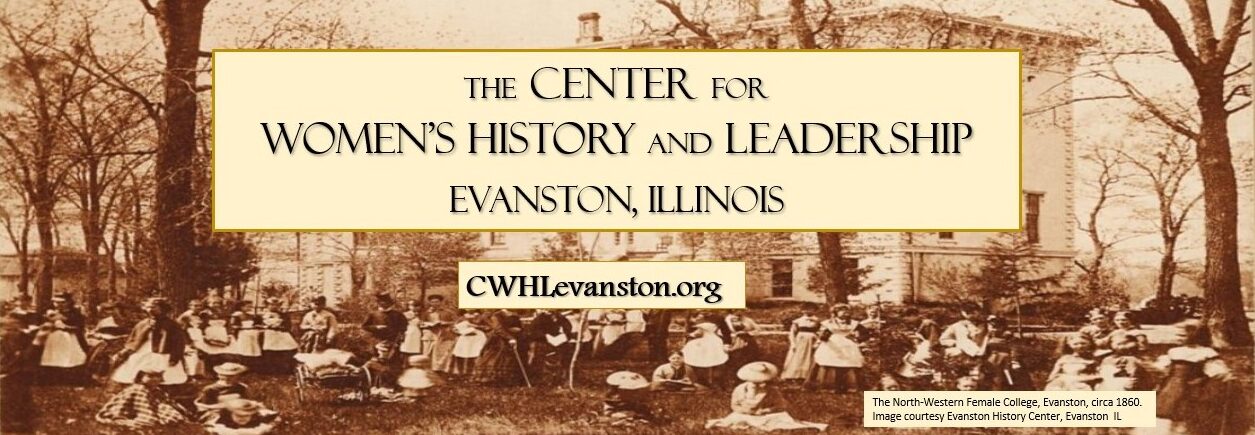Normally, this time of year would see the Frances Willard House Museum bustling and busy. March is Women’s History Month – one of our busiest tour months – and we’d be in the midst of planning for the summer season, with new interns and their projects, and event and program plans in full swing. This year is, of course, completely different. Like all other museums and archives, we have cancelled spring and early summer events, and we are closed for tours and for research. We don’t know when we will reopen and how.

In normal years, I often remark how much this house loves it when the summer season arrives, with so many interns we have to find desks for them in creative places and figure out ways to share (often unsuccessfully) the wi-fi connection. We eat lunch together at a crowded table and struggle to find room in the archives for ourselves and the many researchers who visit during their summer academic breaks.
The house has always seemed to smile when all the noise of a busy work day once again inhabits its rooms. This house was such a busy place when Willard was here – full of her cast of co-workers in the temperance cause. During the height of Willard’s WCTU work she reported no fewer than ten women working in the office rooms she created in the house – and some of them lived here dormitory-style too. Willard was a master at “working from home” – as were all women, really, in times when home was their primary workplace.
This year, though, in the quiet of a pandemic spring, this old house has shown me a different side. Though I am only here for a short time just to check on the house and get a few things done (and no one else is here with me) I have found the quiet revealing in a way I hadn’t expected.

I know from researching the history of the house that Willard’s mother was often here alone – with Willard gone on her frequent travels for WCTU work. And Willard herself nicknamed the house Rest Cottage, because it was a haven from her frenetic working life and traveling schedule. I have found that the house still revels in providing this peaceful and comforting quiet.
I’ve also found that living in these times feels a little like time travel – walking everywhere through quiet streets, the clean air, and birds and nature so much more apparent. I can imagine the world the Willard’s inhabited a little more clearly. I’m also reflecting that 19th Century folks lived daily with realities that we have had to face quickly this spring: that life is fragile and difficult, and it will throw things at you that you had not imagined, requiring strength from somewhere to get through it.

For the Willard family, that source of strength was their Christian faith and they turned to it often, daily, repeatedly. Not that they didn’t struggle – Willard writes in her journals about her own struggle to rely and trust on her faith. But even then, she could rely on a collective community turning to something deeper to anchor her in tough times. For us 21st Century people, we may not so easily draw on that resource or any other when we struggle.
The 19th Century, and this old house, may have more to tell us than we realized. It certainly has told me a new story this spring.
Be well!
Lori Osborne, CWHL Executive Director, FWHM Director
